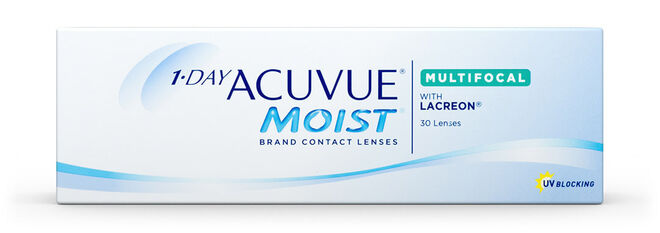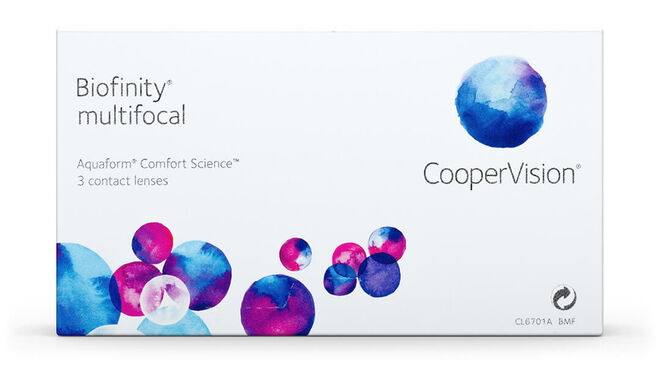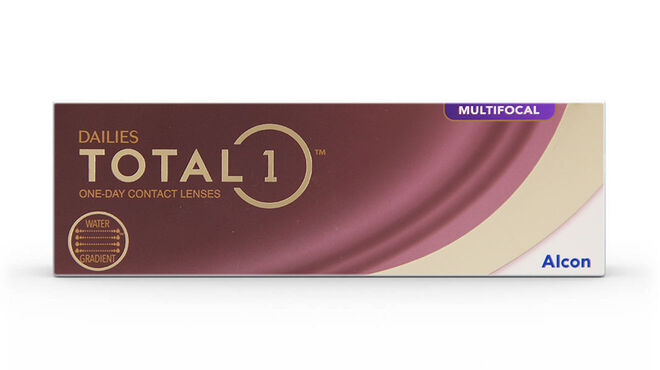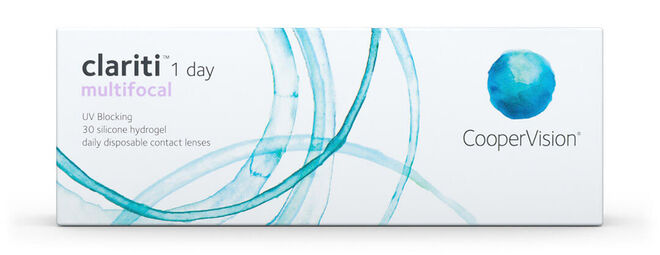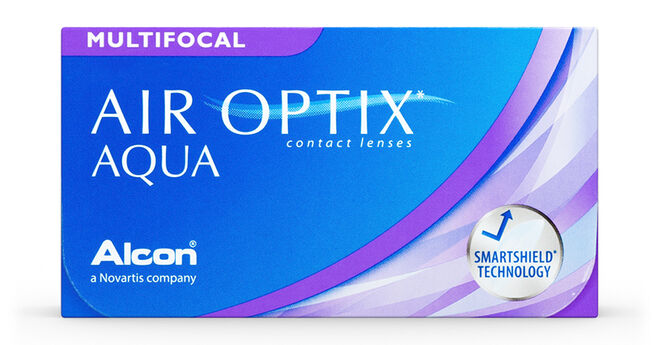Bear in mind that, as a progressive condition, presbyopia will often worsen over time so you should continue to attend regular eye tests. Your optician may change your prescription in future as a result of the examination.
What is presbyopia?

Is it becoming a little difficult to read a restaurant menu without holding it at arm’s length? Have you recently had to increase the text size on your phone? Do you need to squint to be able to read the newspaper? If you’ve experienced one or more of the above, chances are your eyes are developing presbyopia. Don’t worry, it’s perfectly natural and absolutely nothing to worry about: presbyopia is one of the most common eye conditions, affecting over 2 billion people around the world.
The older we get, the less flexible our eye’s natural lens becomes, meaning it struggles to focus when you look at things up-close. Presbyopia is a natural part of aging; like muscles, we find our eyes just don’t work as they once did. It typically starts in our forties but can happen earlier or later for some. Chances are you will have seen some of the signs of presbyopia in friends or family before now - it really does affect most people.
A convenient, hygienic, fuss-free way to treat presbyopia is with multifocal contact lenses (you may have heard of these being called varifocal contact lenses or bifocal contact lenses). There are a lot of innovative products making people’s lives a lot easier the world over, so we put together a list of our top-selling daily and reusable multifocal contact lenses in 2019 for daily and monthly wearers.
Presbyopia symptoms
As the eye begins straining to focus up-close, you might start to notice the effects of presbyopia in some everyday activities involving reading, such as books, magazines, phone text, food labels, etc. This blurry vision will cause you to move further away, often as far as your arm can stretch, where things will become much clearer.
You also might notice blurry vision in physical activities too, such as painting your fingernails, applying makeup or driving. We tend to brush this off as a part of getting older and don’t do anything about it, but multifocal lenses can massively improve our quality of life and vision.
Presbyopia can also cause headaches, eye strain and visual fatigue that could also affect the way your eyes feel generally. It might make looking at objects at any distance less comfortable and more tiring. Poor lighting plays a big part in relation to the effects of presbyopia whereas it becomes less noticeable in sunlight or bright lights when the pupil naturally becomes smaller.
Blurry vision will be perceived more prominently in low, naturally-lit indoor environments. It’s important to note that presbyopia doesn’t just affect people who wear contact lenses or glasses; presbyopes may never have experienced eye strain, or an eye condition, before now. Most people only tend to take action on the condition when symptoms start to worsen, but eye care practitioners say the best way to go about treating presbyopia is by moving quickly. As soon as you experience a sign, book an eye test to find out what your correction options are.

What causes presbyopia?
As a condition usually associated with advancing age, presbyopia is often a gradual progression, the severity of which worsens over time. Rather than being related to the shape of the eyeball, which is the cause of other conditions such as short and long-sightedness, presbyopia occurs as a result of the lens becoming thicker and less flexible, meaning that it is unable to focus clearly on close-up objects or takes longer to do so. Light received by the cornea is not deflected onto the retina but behind it, leading to blurred images and the sensation of eye strain as the lens attempts to focus more effectively. Changes to the muscles which surround the lens may also contribute to the condition.
What are the symptoms of presbyopia?
The first sign a person who suffers from presbyopia may notice is the blurring of objects or small print when held close to their eyes, especially in low light conditions. Close up work, such as intricate stitching, reading of fine print or even trimming or painting fingernails, may cause eye strain which, if continued for a period of time, can also contribute to headaches and tiredness. Holding an object such as a book or newspaper at arm's length may offer a more comfortable reading experience - in fact, many sufferers describe the condition as if their arms have suddenly become 'too short'.
How can presbyopia be treated?
Various options exist to treat presbyopia in order to afford sufferers normal close-up vision and to relieve symptoms. The most common treatment is for an optician to supply the patient with one of a number of different types of glasses:
- Bifocal lenses are divided into two sections to enable to wearer to achieve optimum distance vision and improved close up vision.
- Progressive addition lenses (PALs) work in a similar way to traditional bifocals but instead of having a clear dividing line to separate the two parts of the lens, they are blended together more effectively. This means you can look into the distance or at an object right in front of you with ease and comfort.
- Reading glasses can sometimes be a suitable treatment option and can be worn only for close up work on an as and when required basis, instead of throughout most of the day. Wearing contact lenses already is not an obstacle to using reading glasses in addition, as a suitable pair can be prescribed by your optician which you can wear while your contacts are still in, just for close-up tasks.
- Contact lenses are the preferred treatment for many patients with presbyopia, either the multifocal variety or monovision lenses. The latter provide you with one lens for distance vision and another lens for near vision, which are worn alternately. When effective, monovision lenses enable the patient's brain to decide which eye to rely upon for distance or close-up work but the feedback from users is varied, suggesting that these lenses are not universally suitable for everyone.
